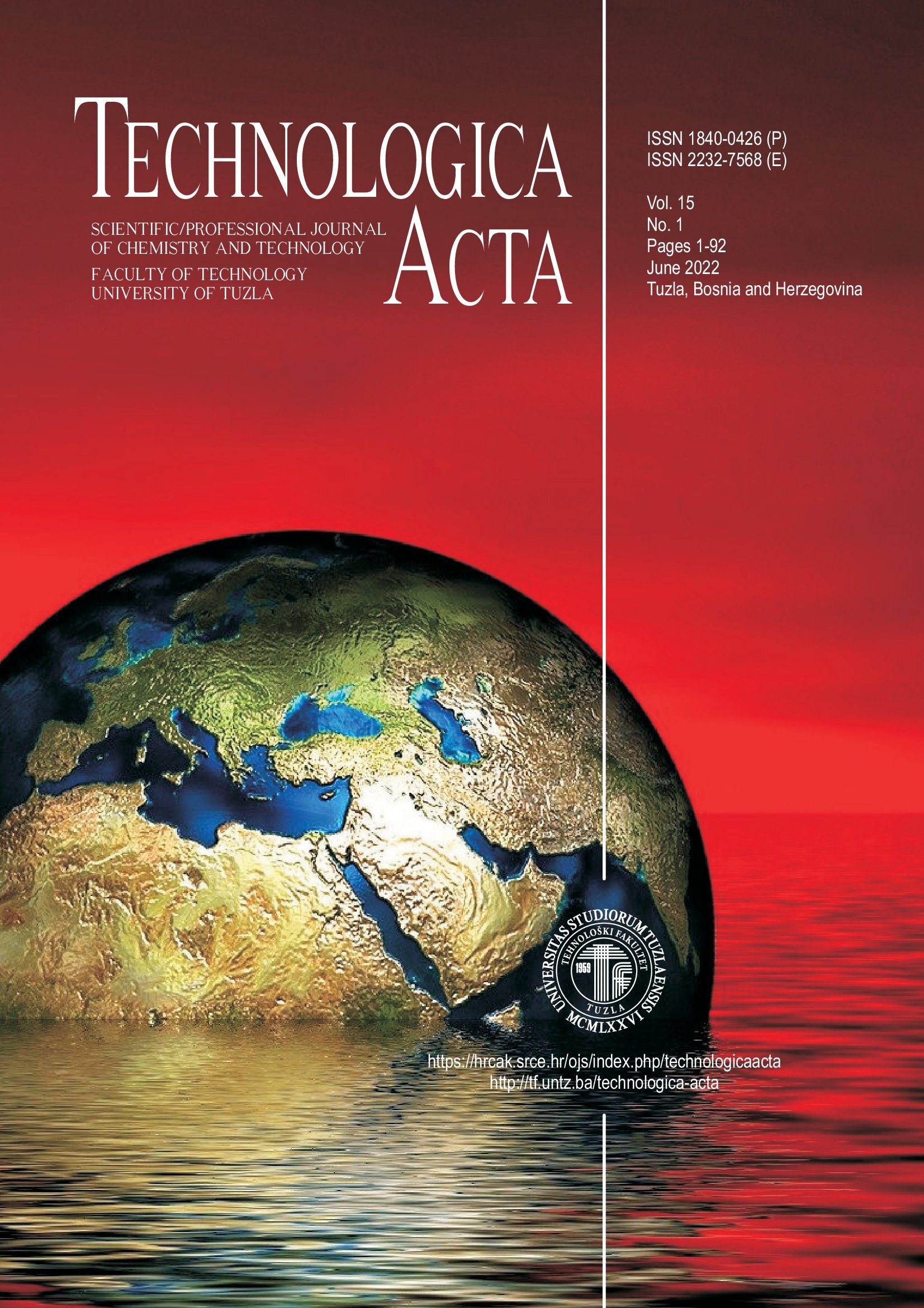Definition of initial phosphorus source concentration in waste glycerol-based medium for xanthan biosynthesis
Keywords:
biotechnological production, xanthan, Xanthomonas isolate, cultivation media, waste glycerol, phosphorus sourceAbstract
Phosphorus nutrition appears to be very important in the xanthan production, next to carbon and nitrogen. Various studies indicated that xanthan production is controlled by phosphorus concentration in cultivation medium and that phosphorus is generally added in the form of phosphate salts. This paper presents an analysis of the effect of various K2HPO4 concentrations (0-3.00 g/L) in waste glycerol-based medium on xanthan production using Xanthomonas strain PL 4 isolated from pepper leaves. The bioprocess success was assessed based on the values of xanthan concentration in media at the end of biosynthesis, average molecular weight of the polymer, degree of glycerol conversion into xanthan and degree of total phosphorus conversion. The obtained results show that the increase of K2HPO4 concentration in medium from 0 g/L to 2.50 g/L significantly contributes to the rise in xanthan amount and its molecular weight, while further increase of phosphorus source concentration has a statistically insignificant effect on the values of these parameters. The greatest bioprocess success is achieved when the concentration of K2HPO4 in medium was 2.50 g/L. Cultivation of producing strain on medium with optimal K2HPO4 concentration resulted in high production of xanthan (13.26±0.20 g/L) of good quality (3.38±0.14·105 g/moL) along with a relatively high degree of phosphorus conversion (73.62±0.02%).
Downloads
Published
Issue
Section
License
Copyright (c) 2022 Ida Zahović, Jelena Dodić, Zorana Trivunović

This work is licensed under a Creative Commons Attribution 4.0 International License.


